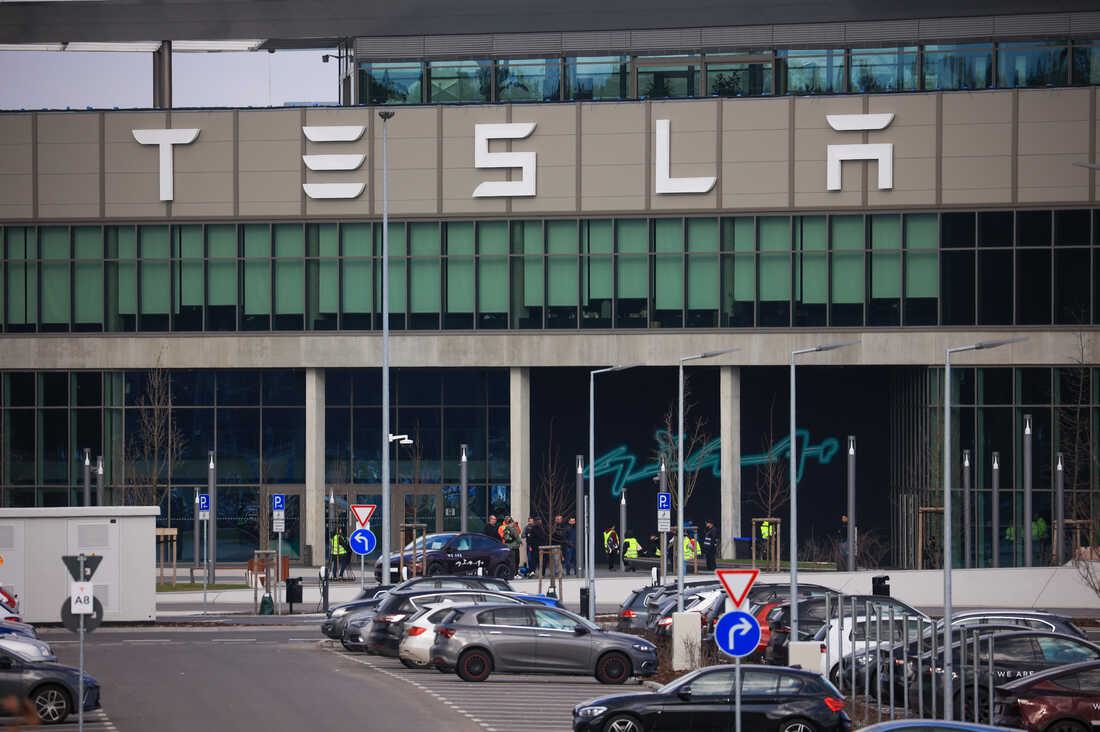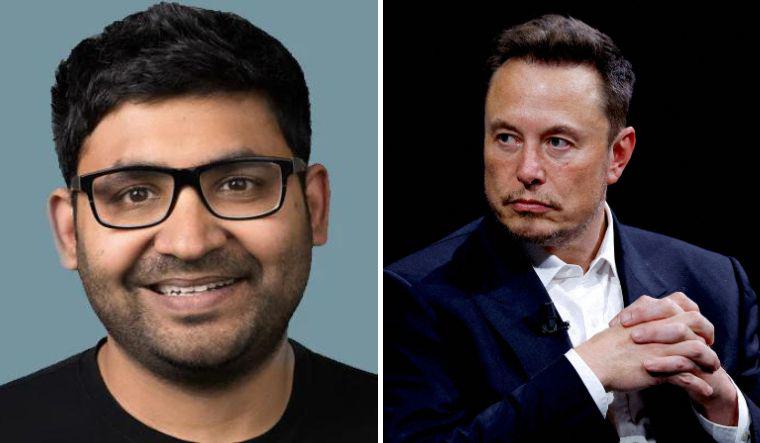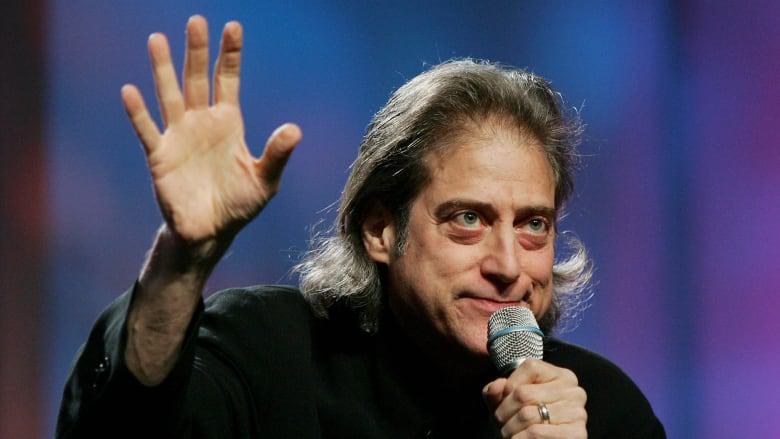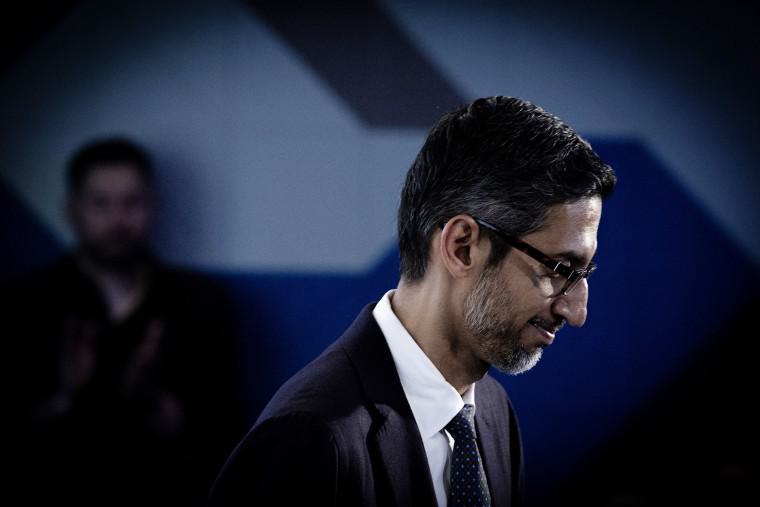Coffee, the fuel of the future? - Dispatch Weekly
June 22, 2017 - Reading time: 5 minutes
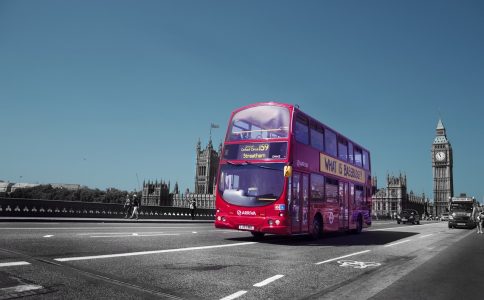
In a couple of weeks, the city of London could be seeing the first ever red bus powered by coffee.
This incredible achievement, which is sure to make more than one head turn, will be the result of BioBean, a start-up which is gathering waste from coffee chains and converting it into liquid fuel.
BioBean is the first company to use a patented biochemical method to extract oil from coffee grounds, which, through hexane extraction, evaporates the waste grounds. The process transforms around 15 to 20% of the waste into oil.

Source: www.bio-bean.com
BioBean founder, Arthur Kay, founded the company under the mantra: “there is no such thing as waste, just resources in the wrong place”. True to their beliefs, BioBean does not throw away their by-products. Instead, it uses the remaining mass left over after the hexane extraction, to create bio-mass pellets, which can be burnt as fuel in wood burners and are currently available to buy.
Every year, UK citizens consume 500.000 tons of coffee. This ensures that BioBean will always have a ready supply of ingredients.
Currently, most of the UK coffee waste ends up in landfills, an alternative both harmful to the environment and costly due to government tax on landfills.
However, the success of BioBean’s vision to make every red bus in the city powered by coffee could change that.
“We are going through a period of energy divergence where we are moving from a fossil-fuel based society to one that is increasingly diversified. Bio-fuel will be crucial to that,” said Mr Kay.
Controversy
The use of Biofuels as a source of energy had already been considered previously. However the topic had raised some controversy because of the use of ethanol, at the time one of the only main sources of biofuels.
Ethanol is generated from corn or rape-seed. As such, to be able to produce biofuel from ethanol we would have to sacrifice produce which could be used as a food source.
“There have been concerns about certain bio-fuels, such as ethanol which is generated from corn or rape-seed, because they are also edible and so there is a conflict with using the crops for food,” explained Dr Cecilia Mondelli, a lecturer for the Advanced Catalysis Engineering group at ETH Zurich.
As a result, more attention has been focused on bio-fuel that can be generated from waste products such as coffee grounds. This focus on alternative sources has allowed BioBean to overcome the concern over using bio-fuel.
Examples of Other Cities Going Green

With the rising concern over carbon dioxide pollution , other cities have made an effort to take on green schemes. Some of the notable examples include Sweden, Beijing, and Norway.
Using the methane from sewage waste, Sweden has found a way to use bio-gas to power 15,000 cars in the city, including taxis and 300 buses.
Beijing announced earlier this year that it would be converting their entire fleet of 70,000 taxis into electrically powered cars.
Norway has the largest number of electric cars per capita in the world.
In the words of Arthur Kay, ‘As cities expand we have the chance to reimagine the way in which food, technology, energy and waste shape our lives and our built environment.’ Now more than ever governments should focus on taking on environmentally friendly schemes and integrating them into cities.

DW Staff
David Lintott is the Editor-in-Chief, leading our team of talented freelance journalists. He specializes in covering culture, sport, and society. Originally from the decaying seaside town of Eastbourne, he attributes his insightful world-weariness to his roots in this unique setting.
